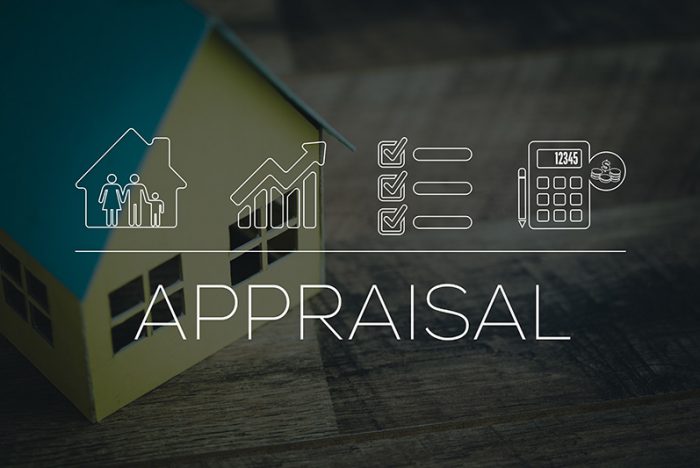
Citing Discrimination Concerns, CFPB Moving Forward With Rulemaking on Use of Automated Valuation Models (AVM) in Appraisals
As part of its declared efforts to protect home buyers and homeowners from inaccurate appraisals produced by Automated Valuation Models (AVMs), the Consumer Financial Protection Bureau (CFPB) released a 42-page outline in February 2022 detailing several potential rulemaking options regarding the use of AVMs. The focus of the CFPB’s outline and solicitation of feedback from its Small Business Review Panel is, in the Bureau’s words, “to mitigate fair lending risk in AVMs and to encourage institutions to implement robust compliance management systems that prevent, identify, and correct violations of non-discrimination laws.”
Increasing Reliance on AVMs Raising CFPB Concerns About Use of Biased Data
Section 1125 of the Financial Institutions Reform, Recovery, and Enforcement Act of 1989 (FIRREA), added as part of the Dodd-Frank Act, defines the term “automated valuation model” as “any computerized model used by mortgage originators and secondary market issuers to determine the collateral worth of a mortgage secured by a consumer’s principal dwelling.”
That same statutory section provides that AVMs must adhere to quality control standards designed to:
- Ensure a high level of confidence in the estimates produced by automated valuation models.
- Protect against the manipulation of data.
- Seek to avoid conflicts of interest.
- Require random sample testing and reviews.
- Account for any other such factor that the agencies determine to be appropriate.
The proposed rulemaking focuses on adding a “fifth factor” that would require covered institutions to “establish policies, practices, procedures, and control systems to ensure that their AVMs comply with applicable non-discrimination laws.”
The CFPB notes that “AVMs are being used with increasing frequency” in part because “research indicates that advances in AVM technology and data availability have the potential to contribute to lower costs and shorter turnaround times in the performance of property valuations.”
However, the Bureau expressed concern that “the use of AVMs may introduce risks, including issues with data integrity and accuracy. Moreover, like algorithmic systems generally, there are concerns that AVMs may reflect bias in design and function or through the use of biased data and may introduce potential fair lending risk.”
Specifically, the Bureau fears that “without proper safeguards, flawed versions of these models could digitally redline certain neighborhoods and further embed and perpetuate historical lending, wealth, and home value disparities.”
Proposed Rulemaking Options
As set forth in its February 22, 2022, outline, the CFPB is considering two possible approaches to address non-discrimination and data integrity concerns around the use of AVMs:
“Principles-Based” Rule
To “increase regulated institutions’ flexibility, and in light of agencies’ existing guidance regarding models,” the CFPB is considering proposing a “principles-based” rule that would require regulated institutions “to adopt and maintain their own AVM policies, practices, procedures, and control systems to satisfy the statutory quality control factors” set forth in Section 1125.
This proposal is based on the CFPB’s belief that “different policies, practices, procedures, and control systems may be appropriate for institutions with different business models and risk profiles” and that “a more prescriptive rule potentially could unduly restrict institutions’ efforts to tailor their risk management practices accordingly.”
“Prescriptive” Approach
The Bureau is also considering a “prescriptive” rule to establish “more detailed and specific requirements to aid compliance with the first four statutory factors for the institutions it regulates.” Such a rule would set forth “methods of AVM development (e.g., data sources, modeling choices) and AVM use cases” to mitigate the “risks that lending decisions based on AVM outputs generate unlawful disparities.”
As to Section 1125 and the use of AVMs, the statute provides that for insured banks, savings associations, and credit unions, as well as federally regulated subsidiaries that financial institutions own and control, any eventual rule will be enforced by the FDIC, Board of Governors of the Federal Reserve System, the Comptroller of the Currency, the National Credit Union Administration (NCUA), and the Federal Housing Finance Agency. The CFPB, along with the Federal Trade Commission and State attorneys general, have enforcement authority only over other non-depository participants in the market.
Accordingly, since those “other agencies may already have provided sufficient guidance to their regulated institutions to help ensure compliance,” the Bureau is considering proposing that any detailed and specific requirements under a “prescriptive” approach apply “only to those institutions that the statute places under the authority of the CFPB.”
The CFPB’s outline contains over 40 questions for small business entities that would be impacted by a proposed new AVM rule, providing smaller mortgage loan brokers, real estate credit companies, and secondary-market financing companies with an opportunity to participate in the rulemaking process. The CFPB will continue engaging in that process over the coming months before publishing a proposed rule.
